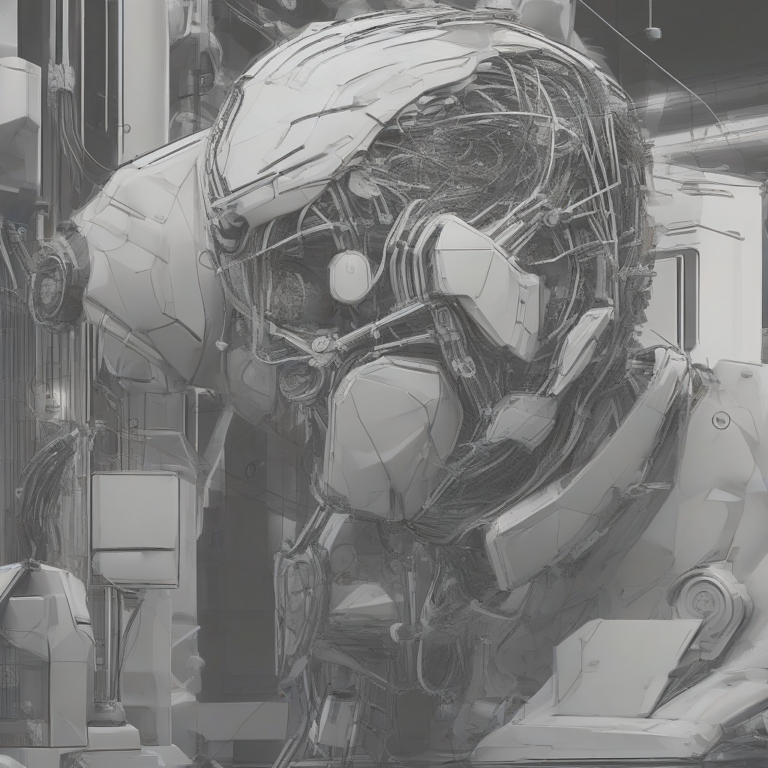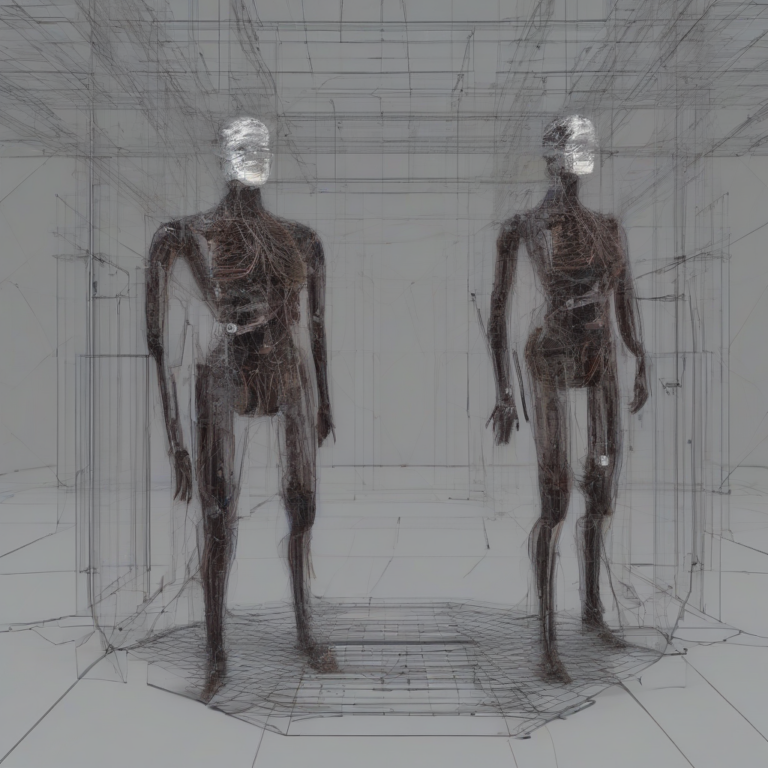Gas Wall Heater Installation: A Comprehensive Guide for Safe and Efficient Heating
Gas Wall Heater Installation: A Comprehensive Guide for Safe and Efficient Heating
Installing a gas wall heater can significantly improve your home’s heating system, offering targeted warmth and potentially lower energy bills compared to central heating. However, improper installation can lead to serious safety hazards, including gas leaks, carbon monoxide poisoning, and fire. This comprehensive guide will walk you through the entire process, emphasizing safety precautions and best practices. Remember, if you are not comfortable with any aspect of this process, it’s crucial to contact a qualified and licensed gas technician.
1. Planning and Preparation
Before you begin, thorough planning is essential for a smooth and safe installation.
- Check Local Codes and Regulations: Your local building codes and regulations will dictate specific requirements for gas appliance installation. Obtain the necessary permits before starting the project. Ignorance of these regulations can result in fines or even legal action.
- Choose the Right Location: Select a location that provides adequate ventilation and minimizes the risk of fire hazards. Avoid areas with flammable materials nearby. Ensure sufficient clearance around the heater as specified by the manufacturer’s instructions.
- Assess Gas Line Availability: Determine if a suitable gas line is already present near the desired location. If not, you’ll need to plan for gas line extension, which requires professional assistance.
- Gather Necessary Tools and Materials: This includes pipe wrenches, gas line connectors, a level, measuring tape, safety glasses, gloves, and the gas wall heater itself. Always consult the manufacturer’s instructions for a complete list of required materials.
- Turn Off the Gas Supply: Before starting any work on the gas line, always turn off the main gas supply to your home. This is a crucial safety step to prevent accidents.
2. Gas Line Preparation
Working with gas lines requires utmost caution. If you are not experienced in gas line work, it is strongly recommended to hire a qualified professional.
- Inspect Existing Gas Line: If using an existing gas line, carefully inspect it for any signs of damage, corrosion, or leaks. Repair or replace any damaged sections before proceeding.
- Gas Line Extension (If Necessary): Extending a gas line requires specialized tools and expertise. Use appropriate fittings and ensure all connections are tight and leak-free. Never attempt this unless you have the necessary experience and qualifications.
- Use Appropriate Fittings: Employ only approved gas fittings designed for the type and pressure of your gas supply. Using incorrect fittings can lead to gas leaks and serious safety hazards.
- Leak Detection: After completing gas line connections, carefully test for leaks using a specialized gas leak detector. Follow the manufacturer’s instructions for the leak detector. Never use a flame to detect gas leaks.
3. Mounting the Heater
Securely mounting the heater is crucial for its stability and safe operation.
- Follow Manufacturer’s Instructions: Carefully read and follow the manufacturer’s instructions for mounting the heater. The instructions will provide specific guidelines for wall type, mounting hardware, and positioning.
- Use Appropriate Mounting Hardware: Use the correct screws and wall anchors to ensure the heater is securely fastened to the wall. The weight of the heater requires robust mounting.
- Leveling the Heater: Use a level to ensure the heater is perfectly level before tightening the mounting screws. An uneven heater can lead to inefficient operation and potential damage.
- Maintain Clearance: Ensure there is adequate clearance around the heater, as specified by the manufacturer, to allow for proper ventilation and prevent fire hazards.
4. Connecting the Gas Line to the Heater
This step requires precision and adherence to safety procedures.
- Use Teflon Tape: Apply Teflon tape to the gas line threads to ensure a tight seal and prevent leaks. Wrap the tape clockwise, ensuring no gaps are present.
- Connect the Gas Line: Carefully connect the gas line to the heater’s gas inlet, ensuring a secure connection. Over-tightening can damage the fittings.
- Check for Leaks: After connecting the gas line, carefully check for leaks using a gas leak detector. Address any leaks immediately before proceeding.
5. Electrical Connections (If Applicable)
Some gas wall heaters require electrical connections for the ignition system or fan.
- Turn Off Power: Before working on electrical connections, always turn off the power to the circuit that will power the heater.
- Wire Connections: Connect the wires according to the manufacturer’s wiring diagram. Incorrect wiring can cause malfunction or electrical hazards.
- Secure Wiring: Secure all wire connections to prevent accidental disconnections. Use appropriate wire nuts or connectors.
6. Testing and Operation
Thorough testing is crucial to ensure the heater is functioning correctly and safely.
- Turn On the Gas Supply: Slowly and cautiously turn on the main gas supply to your home.
- Check for Leaks: Once again, thoroughly check all connections for leaks using a gas leak detector.
- Initial Operation: Turn on the heater and allow it to run for a period to observe its operation. Listen for any unusual noises or smells.
- Carbon Monoxide Detector: Ensure you have a functioning carbon monoxide detector installed near the heater. This is a critical safety precaution.
- Professional Inspection (Recommended): After installation, it is strongly recommended to have a qualified gas technician inspect the installation to ensure its safety and compliance with local codes.
7. Ongoing Maintenance
Regular maintenance is essential for the longevity and safe operation of your gas wall heater.
- Annual Inspection: Schedule an annual inspection by a qualified gas technician to check for leaks, proper operation, and necessary maintenance.
- Filter Cleaning (If Applicable): If your heater has a filter, clean or replace it as recommended by the manufacturer.
- Ventilation Check: Regularly check the ventilation around the heater to ensure there are no obstructions that could impede its safe operation.
8. Safety Precautions
Safety should always be the top priority during and after the installation.
- Ventilation: Ensure adequate ventilation in the room to prevent carbon monoxide buildup. Never seal off ventilation openings.
- Carbon Monoxide Detectors: Install and maintain carbon monoxide detectors in your home, especially near gas appliances.
- Flammable Materials: Keep flammable materials away from the heater to prevent fire hazards.
- Children and Pets: Keep children and pets away from the heater to prevent burns or injuries.
- Professional Help: If you are unsure about any aspect of the installation, contact a qualified gas technician for assistance. Never compromise on safety.






